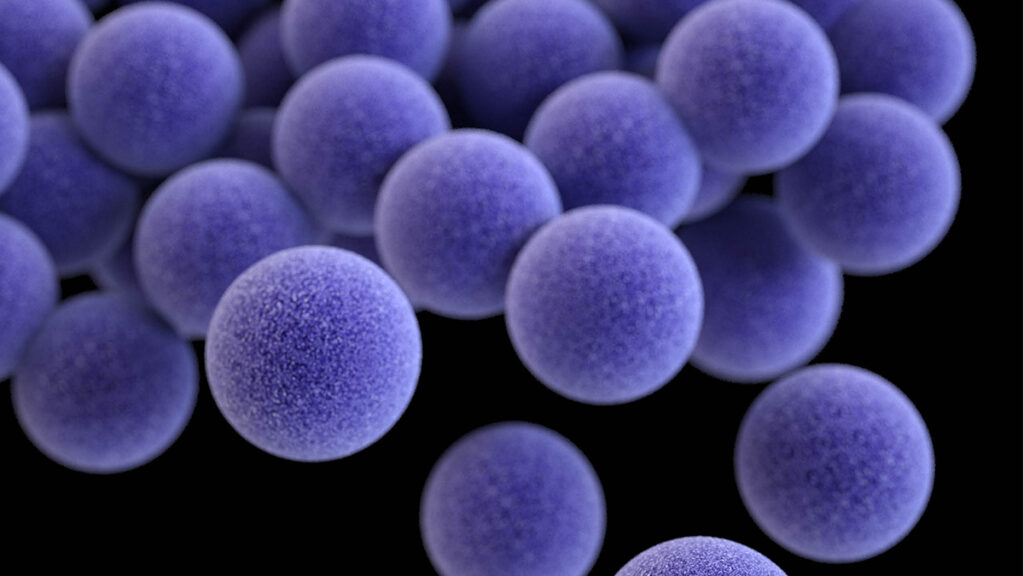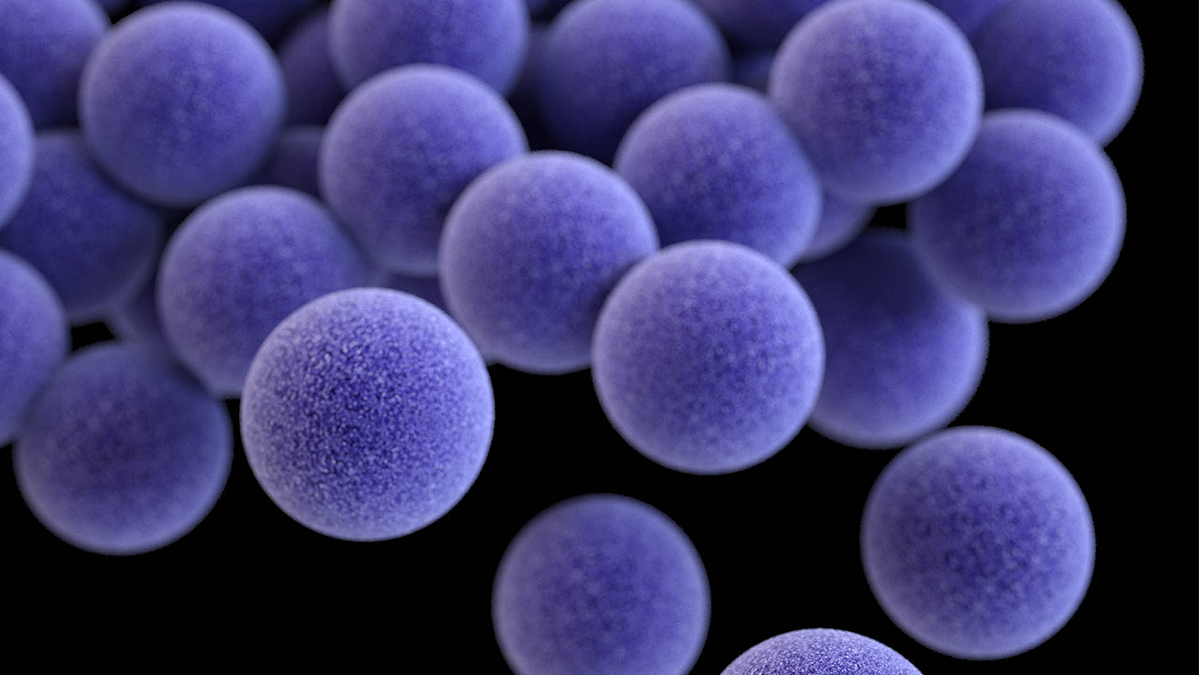The industry is undergoing a significant shift driven by increasing consumer awareness regarding product safety, environmental impact, and sustainability. Traditional cosmetic products often rely on synthetic compounds, which are continuously scrutinized for their long-term effects on both health and the environment. In response to this demand for safer, more sustainable, and eco-friendly products, bio-cosmetics have emerged as a superior alternative. Bio-cosmetics are formulated using entirely natural ingredients derived from sources like plants, animals, microbes, or organic crops, and they blend biotechnology, nanotechnology, and environmentally gentle practices.
This study aimed to address the need for safer, yet highly effective, cosmetic products by focusing on enhancing the efficacy of herbal moisturizers. The potential solution investigated was the application of modern nanotechnology to traditional herbal knowledge. Specifically, the research sought to increase the antimicrobial activity of herbal moisturizers—formulated with hibiscus (Hibiscus rosa-sinensis) and neem (Azadirachta indica) extracts—by incorporating them as copper-based nanoparticles. Enhancing the antimicrobial benefits of these products is crucial, especially against common skin pathogens like Staphylococcus aureus (S. aureus), thereby offering better protection against bacterial skin infections.
Methods
Herbal extracts were first prepared from neem leaves and hibiscus petals. Copper-based nanoparticles were then synthesized using these extracts, involving the reaction of copper(II) sulfate salt with the extracts, poly ethylene glycol, and pH adjustment using sodium hydroxide. Bacterial strains were isolated from human skin, characterized using Gram staining and biochemical tests (including methyl red, urease, nitrate, and citrate tests), and Staphylococcus aureus (B2) was identified as the target pathogen. Finally, the antimicrobial efficacy was evaluated by comparing the moisturizers with plain herbal extracts versus those containing the nanoparticles using the Kirby-Bauer disk diffusion method.
Key Findings
The investigation yielded several critical results regarding the enhanced antimicrobial performance of the nanoformulated moisturizers:
• Pathogen Identification: Bacteria 2 (B2) was identified as Staphylococcus aureus based on its characterization as Gram-positive, exhibiting a positive urease test, and aligning with other specific biochemical profiles. S. aureus was confirmed as a relevant Gram-positive test organism for the efficacy assessment.
• Plain Extracts Showed Minimal Efficacy: Moisturizers containing only the plain hibiscus extract and those containing only the plain neem extract both displayed a “very small” zone of inhibition against both tested bacteria (B1 and B2, S. aureus).
• Nanoparticle Enhancement (Hibiscus): The moisturizer formulation containing hibiscus nanoparticles demonstrated a “much larger” zone of inhibition compared to the plain hibiscus extract moisturizer against both Bacteria 1 and Bacteria 2 (S. aureus).
• Nanoparticle Enhancement (Neem): Similarly, the moisturizer enriched with neem nanoparticles showed a “much larger” zone of inhibition against both bacterial strains compared to the plain neem extract moisturizer.
• Conclusion on Nanoformulation: The research consistently showed that incorporating herbal extracts as nanoparticles significantly increased their antimicrobial activity, successfully boosting the antimicrobial potency of the herbal ingredients, especially against S. aureus.
This study successfully demonstrated the utility of nanoparticle technology in improving the antimicrobial activity of herbal moisturizers. The most convincing finding was that moisturizers enhanced with neem and hibiscus nanoparticles exhibited a significantly larger zone of inhibition against S. aureus (B2) compared to their conventional counterparts using plain herbal extracts.
The novelty of this research lies in demonstrating the potential of combining nanotechnology with traditional herbal knowledge to create innovative and highly effective bio-cosmetic products with improved antimicrobial benefits. This increased antimicrobial potency is likely achieved through enhanced stability, bioavailability, or penetration of the active compounds facilitated by the nanoformulation.
Link to the study: https://tinyurl.com/hey8xncj


